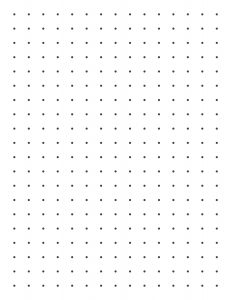Important Tips To Follow
Fiber
When it comes to weight loss, a common question that people have is how to get enough fiber on a keto diet. Fiber is an important part of any good diet, as it keeps material moving through the intestines. It should be incorporated into food intake as much as possible in order to keep the overall diet beneficial to the gut and therefore, the whole body. Lack of fiber can lead to constipation, which is a painful and uncomfortable condition in which the contents of the bowel cannot be evacuated.

Taking fiber sounds easy? The difficulty lies in the fact that fiber is not something that can easily be included in the diet when you are trying to lose weight. Many of the sources of fiber are also sources of calories and when those are cut, the amount of fiber drops too. Fiber may also be associated with starchy foods, so those trying a keto type diet, where carbs are cut (not necessarily calories) may also have a reduced intake of fiber. This can cause a problem with constipation.

Keto Diet
The keto (ketogenic) diet is generally considered to be a low carb, high fat diet. That is, it is low in carbohydrates (bread, pasta, rice, potatoes, candy, cookies, etc) and high in fats (oils, butter, lard, dripping, animal fats etc). While in the past it was also high in protein, (meat, fish, vegetable proteins), the level of protein has been reduced.
So let’s take a look at what you can do to get fiber into you, whether on a keto diet or a reduced calorie diet.
Eat More Vegetables
Fruit and vegetables contain fiber but with a keto diet, some fruits and vegetables are restricted because they contain a lot of carbs (carbohydrate) which is restricted on a keto diet (including starchy root veggies like carrots and parsnips and even apples, pears and oranges, at least until later in the weight loss period, etc). Vegetables like cabbage and celery contain fiber with very little starch, however, you may have to eat large amounts of them to get enough fiber for your daily needs. In some cases, you might need to eat several pounds of these veggies to get enough fiber
Stay Hydrated
Water is not fiber but when you decide to go on a diet, you should ensure that you stay hydrated at all times. Even though this will not be difficult for most people, it is something that needs to be taken into consideration. Some diets tend to help expel water from the body, especially at the start of a diet. This water loss contributes to overall weight loss but also means that the contents of the intestine are drier and will therefore become harder to move along the gut. You should drink extra water (unless you have kidney problems or have been advised to limit your water intake) during the day. Funnily enough, drinking more water can actually help you to eliminate excess water weight from your body, instead of retaining it and thus make it easier to get rid of extra weight. So while water is not fiber, it is especially important to stay hydrated, not only because it can help keep constipation at bay by keeping the gut contents moist and easy to pass but also because some diets are diuretic (make you pass more water than usual) so making you dehydrated.
Fiber Supplements
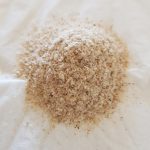 One way to ensure that you get the fiber that you need on the keto diet is to take some psyllium supplements. Psyllium, also known as ispaghula, is a mucilage and a fiber that comes from the husk (outer covering) of certain plants. It is very dry and powdery and MUST be taken with water and with extra water on top. It has absolutely no calories, so is suitable for both the keto and similar diets and also for low calorie diets. Taking psyllium supplements is an excellent way of adding more fiber to your diet.
One way to ensure that you get the fiber that you need on the keto diet is to take some psyllium supplements. Psyllium, also known as ispaghula, is a mucilage and a fiber that comes from the husk (outer covering) of certain plants. It is very dry and powdery and MUST be taken with water and with extra water on top. It has absolutely no calories, so is suitable for both the keto and similar diets and also for low calorie diets. Taking psyllium supplements is an excellent way of adding more fiber to your diet.
Some people may find psyllium husks difficult to take. While they can be taken as capsules, psyllium can also be chugged like a drink. You may need trial and error to find out the right amount of psyllium for your needs but one way to take it is to take a small glass, add a little (maybe a teaspoon) of lemon juice and fill the glass not quite to the top with cold and hot water to make a comfortable temperature for drinking. Add two full teaspoonfuls of psyllium husks, stir quickly and drink down immediately. Follow this with another glass full of water (or warm water and lemon juice) or a cup of tea or coffee if you prefer. If you need more psyllium husk, you can repeat this. The lemon juice helps to make the taste more palatable. While psyllium husk cannot really be said to have a taste, its very lack of taste can make it difficult for some people to take it. Adding lemon juice (or a little orange juice) helps with the taste, without adding much carbohydrate.
Make sure you drink down the psyllium husk immediately after adding it to the water, otherwise it swells and becomes mucilaginous (jelly-like) which helps it to push through your digestive system but makes it hard to take down when trying to swallow it. It is vitally important to take the extra glass of water (or some other water-type liquid) after taking the psyllium. You need the water to swell the psyllium so it can do its work. If you don’t take enough water, it will take it from the food already in your stomach or intestine and make that drier and harder to pass through.
You need to take psyllium husks at least 30 minutes before or 30 minutes after taking food.
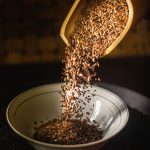 Another useful source of fiber is linseeds or flaxseed. While these are great for those on low carb diets, because of the high fat and protein content, they have quite a few calories, so are less suitable for people on low calorie diets. You can, however, take these seeds whole. In this case, they are less likely to be used as food by your body and most pass straight through unchanged, so do not contribute to your calories. Some people prefer flaxseed milled or cracked, in which case, they can be used as a source of nutrition as well as fiber. They can be taken in a number of ways, sprinkled on cereal, scrambled eggs or salads, in warm soup, or even mixed with cream cheese. But take a good lot of water along with it. Taking them in with soup is a very good way to ingest them. The soup provides plenty of liquid and the seeds go well with just about any kind of soup you have. I have used them in chicken and vegetable soup and also in carrot soup, which is a thick, blended soup and they went well with both.
Another useful source of fiber is linseeds or flaxseed. While these are great for those on low carb diets, because of the high fat and protein content, they have quite a few calories, so are less suitable for people on low calorie diets. You can, however, take these seeds whole. In this case, they are less likely to be used as food by your body and most pass straight through unchanged, so do not contribute to your calories. Some people prefer flaxseed milled or cracked, in which case, they can be used as a source of nutrition as well as fiber. They can be taken in a number of ways, sprinkled on cereal, scrambled eggs or salads, in warm soup, or even mixed with cream cheese. But take a good lot of water along with it. Taking them in with soup is a very good way to ingest them. The soup provides plenty of liquid and the seeds go well with just about any kind of soup you have. I have used them in chicken and vegetable soup and also in carrot soup, which is a thick, blended soup and they went well with both.
If you need plenty of fiber, you can take both of these at different times in the day (psyllium well before or well after food and linseeds along with food) but you will need to use trial and error to find out the amount that suits YOUR body, without being anchored to the bathroom for hours on end.
Whichever fiber you choose, make sure you take PLENTY OF WATER with it, or you could cause a blockage in your intestine.
There are also many desserts, and candy type bars and crisps available that are labelled as suitable for a low carb diet and which contain additional fiber. Read the instructions on these carefully as some may also contain compounds that may have a laxative effect.
Physical Activity
While again, physical activity is not fiber, it is also vitally important in keeping your bowels working smoothly. It is important that you get as much physical activity as possible during the week. A lot of people tend to underestimate the power of physical activity in their lives. Therefore, while taking more fiber in your keto diet it is also important that you incorporate some type of physical activity into your daily routine.
It may be as simple as a brisk thirty minute walk a few times each week. However, you should always aim to increase the amount of physical activity that you take in order to achieve maximum results.
Vitamins And Minerals
Many people fail to realise that the vitamins and minerals in their diet are also important in weightloss. Therefore, it is important that you make sure that you take a multivitamin and mineral supplement on a regular basis to ensure that you have all the required things that you need to keep your body functioning properly.
Getting More Fiber On A Keto Diet
So, if you are wondering how to get fiber on Keto diet, then you need to first of all, learn what your food contains. Next you need to ensure that you take vitamins and minerals on a regular basis. You should also eat a healthy diet which consists of lots of vegetables. If you still need more fiber, consider taking psyllium and adding linseeds (flaxseed) to your diet. Finally, ensure that you engage in cardiovascular exercises so that you can get fit and get healthy.
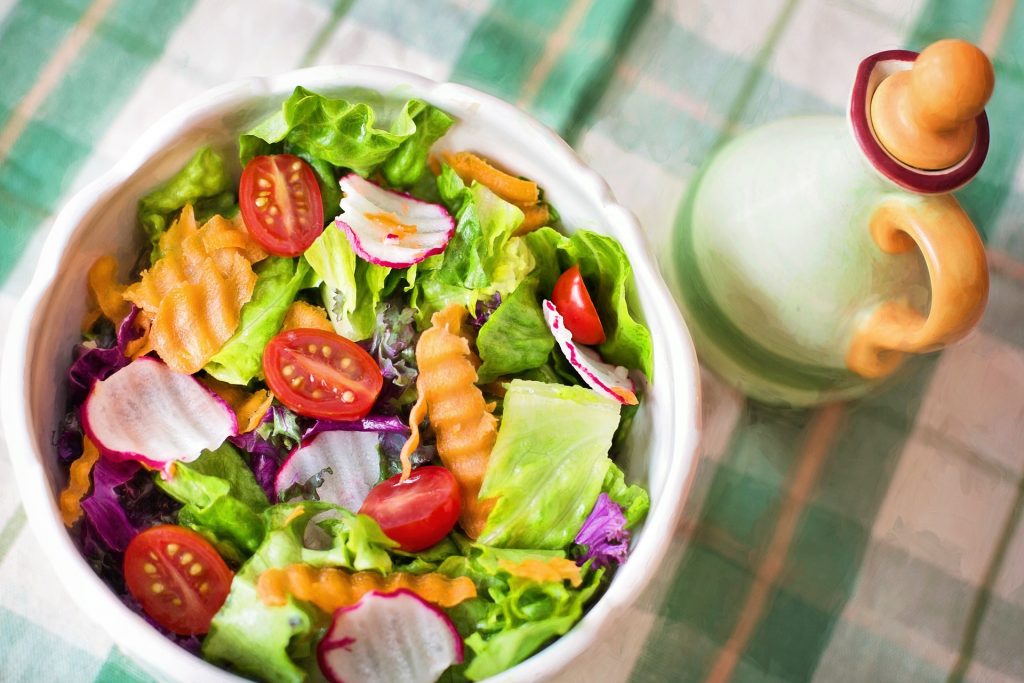
 A drop in body weight is referred to as weight loss. It can be voluntary or involuntary. While most weight loss is attributed to the burning of body fat, extreme weight loss can deplete the body of protein and other substances. Other causes of weight loss include cancer, malabsorption, and chronic inflammation. If you’re experiencing unexplained weight loss, consult a doctor to determine whether it’s caused by a serious illness.
A drop in body weight is referred to as weight loss. It can be voluntary or involuntary. While most weight loss is attributed to the burning of body fat, extreme weight loss can deplete the body of protein and other substances. Other causes of weight loss include cancer, malabsorption, and chronic inflammation. If you’re experiencing unexplained weight loss, consult a doctor to determine whether it’s caused by a serious illness.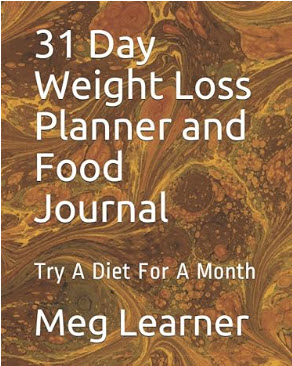
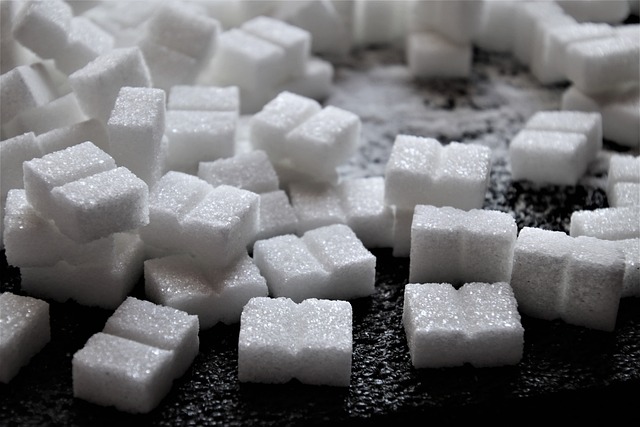 Consuming excessive amounts of sugar can have various negative effects on both the body and the brain. Here are some of the key impacts:
Consuming excessive amounts of sugar can have various negative effects on both the body and the brain. Here are some of the key impacts: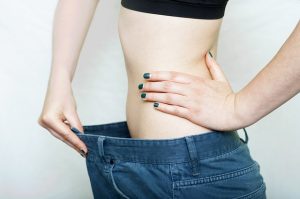 When it comes to losing weight fast, you can find a variety of options available. Many of these diets have the same principles, but there are also some important differences. For example, one type of fast diet involves strict calorie restriction. This method can be difficult to follow in the long run, as it forces you to make tough decisions about what to eat and what to skip.
When it comes to losing weight fast, you can find a variety of options available. Many of these diets have the same principles, but there are also some important differences. For example, one type of fast diet involves strict calorie restriction. This method can be difficult to follow in the long run, as it forces you to make tough decisions about what to eat and what to skip. A diet for one day can be beneficial if you’re trying to lose weight. It is beneficial in that it will make you less likely to snack and give you the extra motivation to stick to your meal plan. It can also be more sustainable. This is because you can tell yourself that “I only have to last today and then tomorrow I can eat what I like”. This is helpful and motivational for most people.
A diet for one day can be beneficial if you’re trying to lose weight. It is beneficial in that it will make you less likely to snack and give you the extra motivation to stick to your meal plan. It can also be more sustainable. This is because you can tell yourself that “I only have to last today and then tomorrow I can eat what I like”. This is helpful and motivational for most people. Bacon, mmm. Tasty for breakfast, filling for lunch, great for dinner, what’s not to like about it? It’s also mainly protein and fat, so it’s great on a keto or low carb diet. In fact, one successful dieter wrote a book called
Bacon, mmm. Tasty for breakfast, filling for lunch, great for dinner, what’s not to like about it? It’s also mainly protein and fat, so it’s great on a keto or low carb diet. In fact, one successful dieter wrote a book called  Good Nutrition
Good Nutrition

 One way to ensure that you get the fiber that you need on the keto diet is to take some psyllium supplements. Psyllium, also known as ispaghula, is a mucilage and a fiber that comes from the husk (outer covering) of certain plants. It is very dry and powdery and MUST be taken with water and with extra water on top. It has absolutely no calories, so is suitable for both the keto and similar diets and also for low calorie diets. Taking psyllium supplements is an excellent way of adding more fiber to your diet.
One way to ensure that you get the fiber that you need on the keto diet is to take some psyllium supplements. Psyllium, also known as ispaghula, is a mucilage and a fiber that comes from the husk (outer covering) of certain plants. It is very dry and powdery and MUST be taken with water and with extra water on top. It has absolutely no calories, so is suitable for both the keto and similar diets and also for low calorie diets. Taking psyllium supplements is an excellent way of adding more fiber to your diet. Another useful source of fiber is linseeds or flaxseed. While these are great for those on low carb diets, because of the high fat and protein content, they have quite a few calories, so are less suitable for people on low calorie diets. You can, however, take these seeds whole. In this case, they are less likely to be used as food by your body and most pass straight through unchanged, so do not contribute to your calories. Some people prefer flaxseed milled or cracked, in which case, they can be used as a source of nutrition as well as fiber. They can be taken in a number of ways, sprinkled on cereal, scrambled eggs or salads, in warm soup, or even mixed with cream cheese. But take a good lot of water along with it. Taking them in with soup is a very good way to ingest them. The soup provides plenty of liquid and the seeds go well with just about any kind of soup you have. I have used them in chicken and vegetable soup and also in carrot soup, which is a thick, blended soup and they went well with both.
Another useful source of fiber is linseeds or flaxseed. While these are great for those on low carb diets, because of the high fat and protein content, they have quite a few calories, so are less suitable for people on low calorie diets. You can, however, take these seeds whole. In this case, they are less likely to be used as food by your body and most pass straight through unchanged, so do not contribute to your calories. Some people prefer flaxseed milled or cracked, in which case, they can be used as a source of nutrition as well as fiber. They can be taken in a number of ways, sprinkled on cereal, scrambled eggs or salads, in warm soup, or even mixed with cream cheese. But take a good lot of water along with it. Taking them in with soup is a very good way to ingest them. The soup provides plenty of liquid and the seeds go well with just about any kind of soup you have. I have used them in chicken and vegetable soup and also in carrot soup, which is a thick, blended soup and they went well with both.